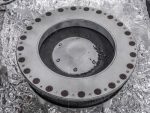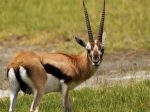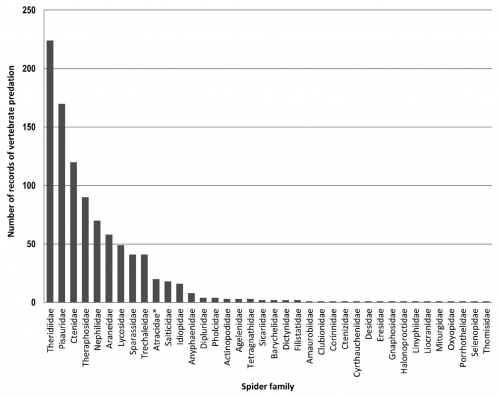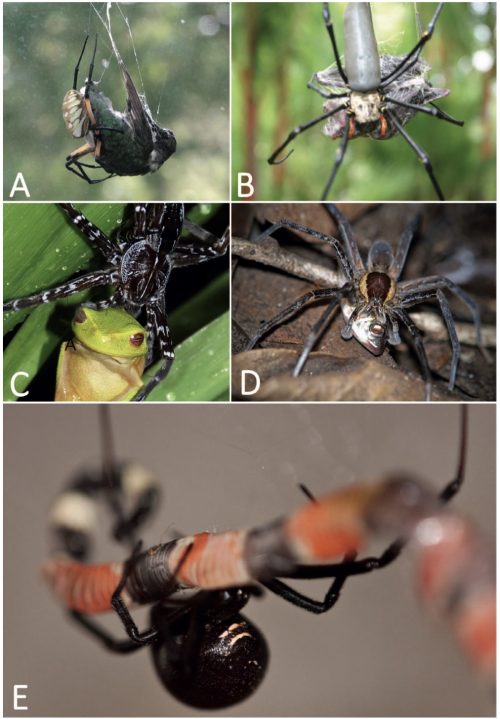I very much like Scott Manley’s videos: technical, detailed, interesting analyses of space flights, delivered with a pretty accent. He applied his critical eye to the recent SpaceX kaboom, and it was informative. He explains how it improves on the last disaster, which is valid — this time, it didn’t demolish the launch platform, and all the first stage engines fired up this time. Progress!
Except then, he goes on to insist this was a success.
That’s the most generous definition of “success” ever. All the engines fired on the first stage, and it successfully uncoupled from the second stage…then it exploded spectacularly. The second stage went on to also explode. Victory! This is not to say that they didn’t learn things from the failed mission, but it’s still a dramatic failure. Unless the intent was to loft the most expensive firework ever, it’s still not a success.










